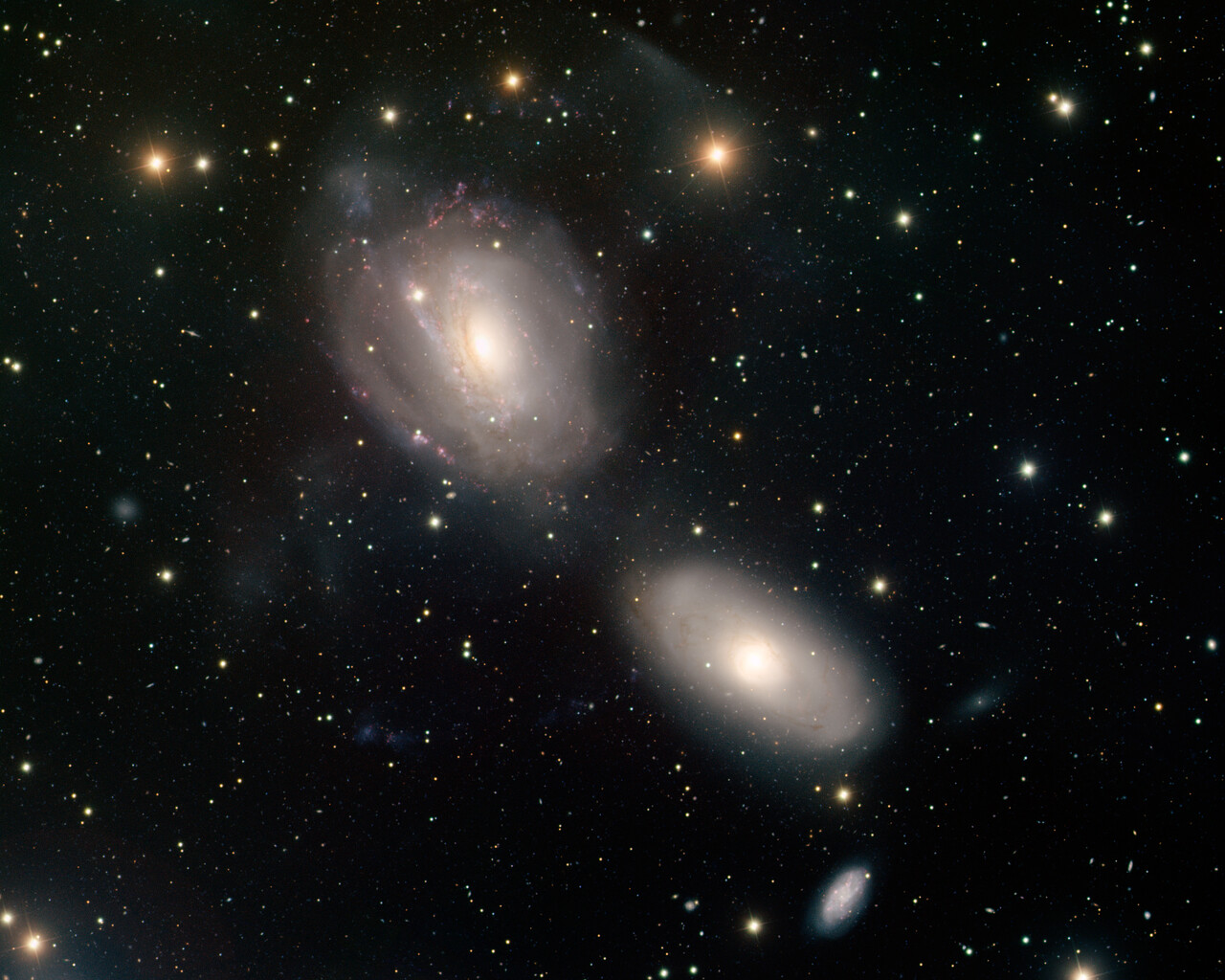Sextans
Origin
Sextans, representing a sextant, was created in 1687 by Polish Astronomer Johannes Hevelius and originally called Sextans Uraniae. constellation is depicted as an astronomical sextant, an instrument commonly used by astronomer of the time. Sextans lies close to the celestial equator so it is visible from most of the world (although it is low in they sky for arctic and antarctic regions!) Sextans is close to the ecliptic. Although it is not one of the constellations of the zodiac, the planets and Moon occasionally cross a portion of Sextans.
Bright Stars
Sextans does not contain any particularly bright stars, and its significance lies more in its role as a celestial reference point than in its individual stars.


 Photo of the constellation Sextans produced by NOIRLab in collaboration with Eckhard Slawik, a German astrophotographer.
The annotations are from a standardized set of 88 western IAU constellations and stick figures from Sky & Telescope. Please find here a non-annotated version of the image.
Photo of the constellation Sextans produced by NOIRLab in collaboration with Eckhard Slawik, a German astrophotographer.
The annotations are from a standardized set of 88 western IAU constellations and stick figures from Sky & Telescope. Please find here a non-annotated version of the image.
Credit: E. Slawik/NOIRLab/NSF/AURA/M. Zamani
Notable Objects
The constellation Sextans includes NGC 3115 (the Spindle Galaxy). NGC 3115 is a lenticular galaxy often referred to as the Spindle Galaxy because of its elongated shape. It is relatively bright and can be observed with a small telescope. The galaxy appears edge-on and is intriguing to study.









